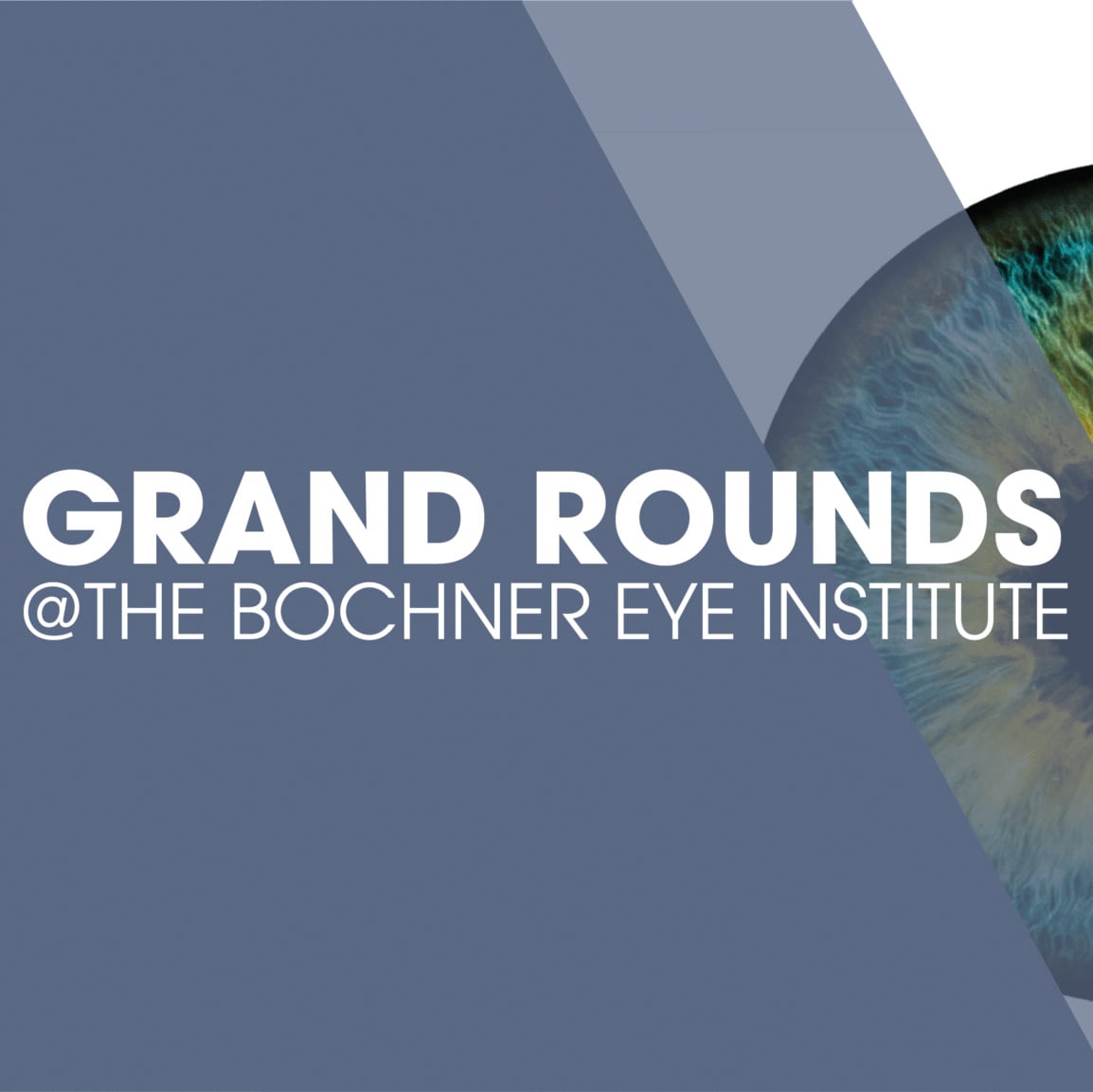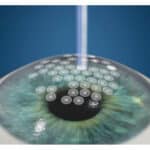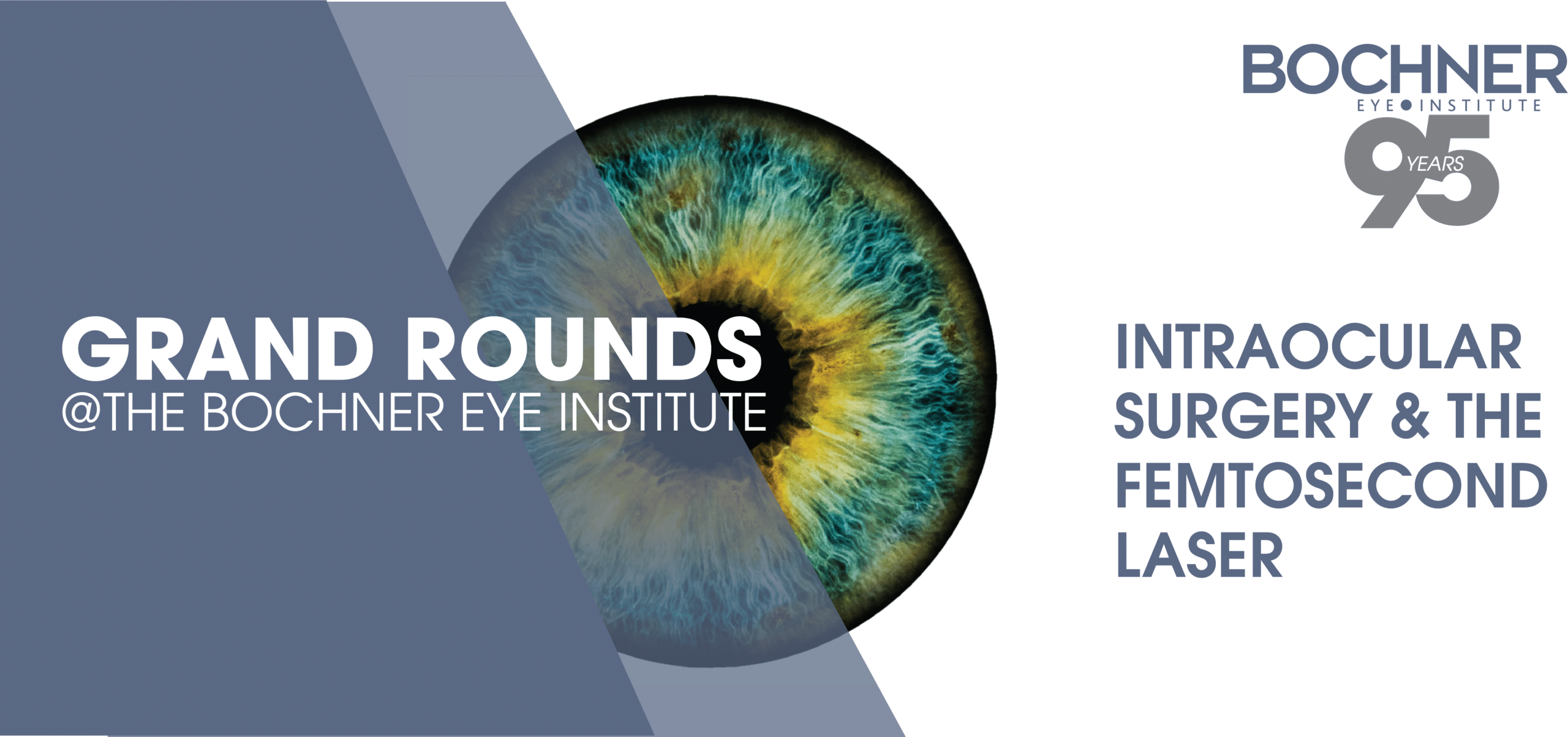
CASE OVERVIEW
A 56-year-old woman desired refractive surgery to achieve the best uncorrected vision for both distance and near. Her preoperative refractive error was -3.50 -1.00 at 90 in the right eye and -4.75 -1.25 at 85 in the left eye, which provided 20/20 acuity in both eyes. Preoperative imaging, including computerized topography, showed no irregular astigmatism, and OCT evaluation of the macula was normal. After discussing the potential benefits and risks of a refractive lens exchange (RLE), the patient consented to proceed with the procedure.
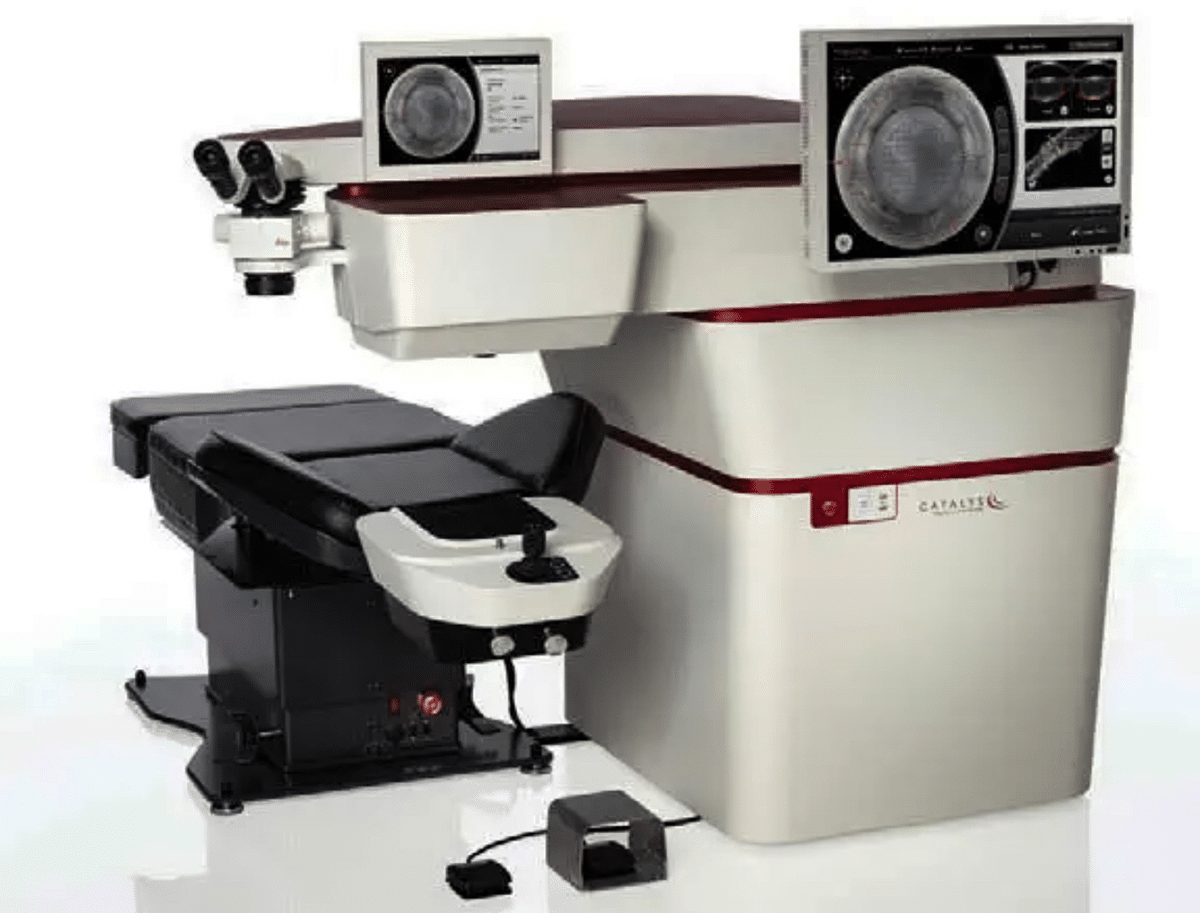
We reviewed the use of the Catalys femtosecond laser to create a perfectly round capsulotomy centered on the line of sight, and to fragment the lens to reduce or eliminate phacoemulsification energy. The patient decided on a multifocal implant, and the use of the femtosecond laser to assist with surgery. The patient was very pleased with the refractive outcome.We reviewed the use of the Catalys femtosecond laser to create a perfectly round capsulotomy centered on the line of sight, and to fragment the lens to reduce or eliminate phacoemulsification energy. The patient decided on a multifocal implant, and the use of the femtosecond laser to assist with surgery. The patient was very pleased with the refractive outcome.
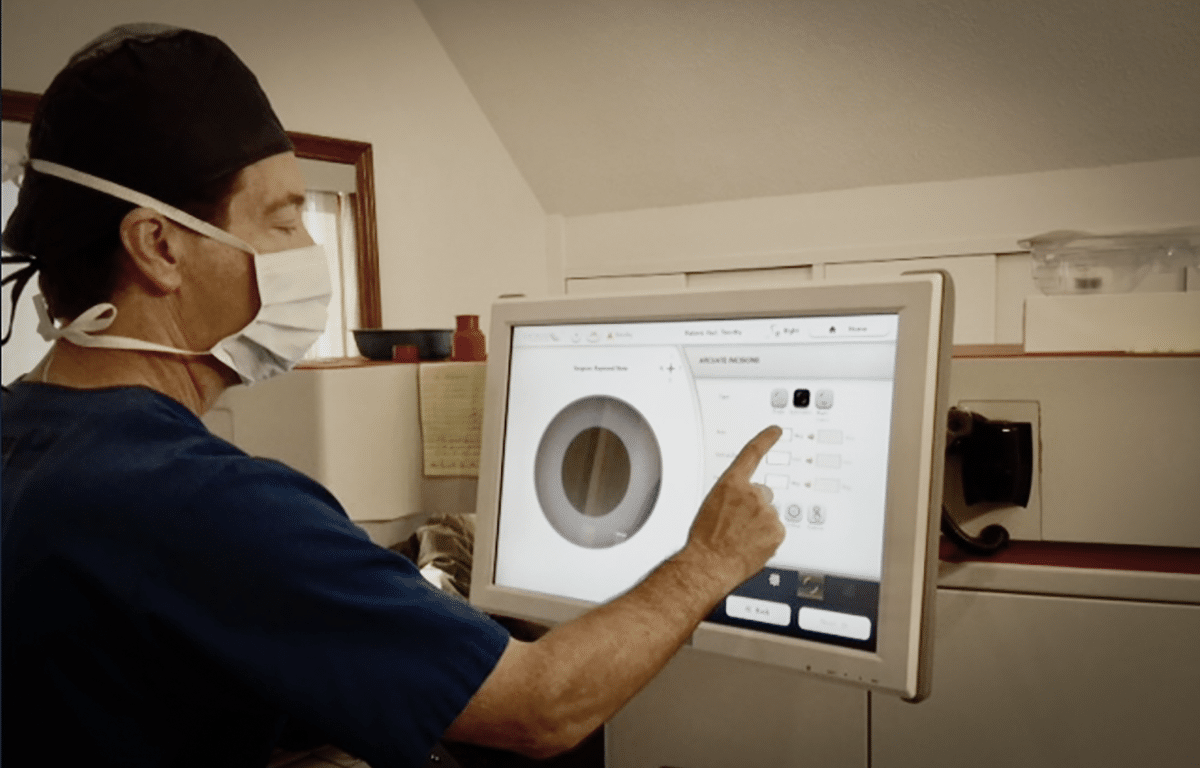
KEY LEARNING POINTS ABOUT THE FEMTOSECOND LASER FOR RLE OR CATARACT SURGERY
1. Precision Capsulotomy: A perfectly round capsulotomy, centered on the visual axis with a consistent size (typically around 5.0 mm) can improve both the refractive outcome and the quality of vision. An important clinical study published in the Journal of Cataract and Refractive Surgery in 2023, compared outcomes of the femtosecond laser to traditional surgery in terms of quality of vision. It was shown that the femtosecond laser with a very precise capsulotomy that holds the intraocular implant, reduces tilt and decentration of the lens, reduces coma and spherical aberration, and improves contrast sensitivity. This study in a prestigious journal indicates a very positive advantage of the femtosecond laser. Click here to review the study.
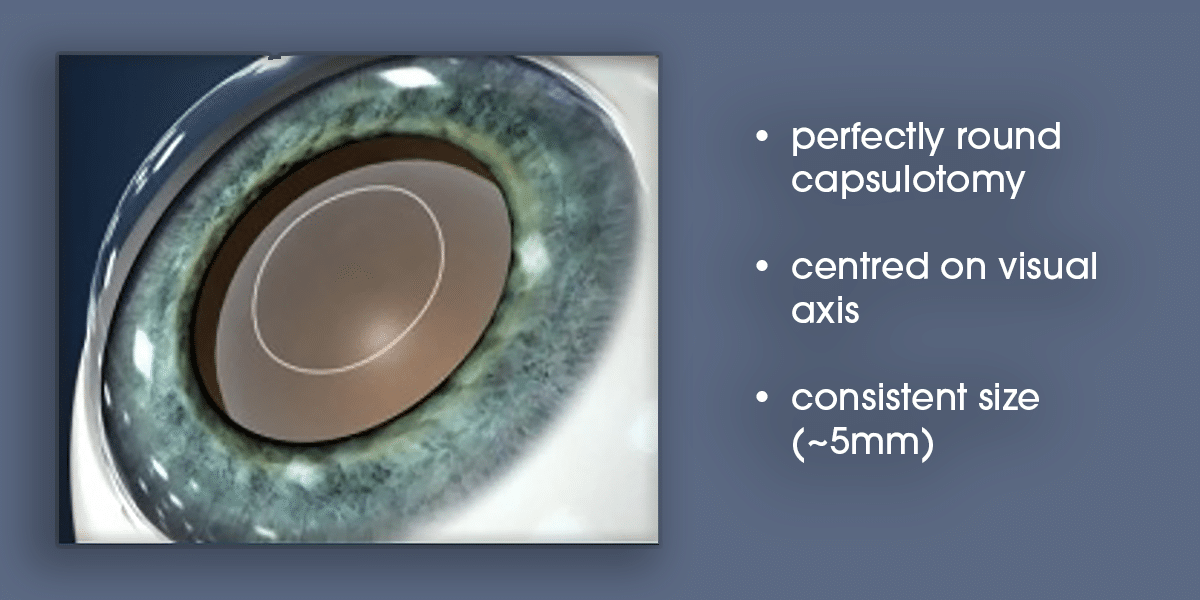
2. Lens Fragmentation: The femtosecond laser allows for fragmentation of the lens into small pieces, reducing or eliminating the need for phacoemulsification energy. A clinical femtosecond laser study performed at Bochner of 200 consecutive RLE eyes, showed that 98% of the lenses could be removed without phacoemulsification energy. This results in less corneal edema, reduced inflammation, and a quicker recovery of uncorrected vision.
3. Astigmatism Correction: For astigmatism of 0.75 diopters or greater, a toric intraocular lens is typically recommended. However, for lower degrees of astigmatism, small arcuate incisions can be made at specific depths and angles along the steep meridian of the cornea to reduce or correct the astigmatism. These incisions can be made in the midperiphery of the cornea to achieve the desired refractive outcome.


